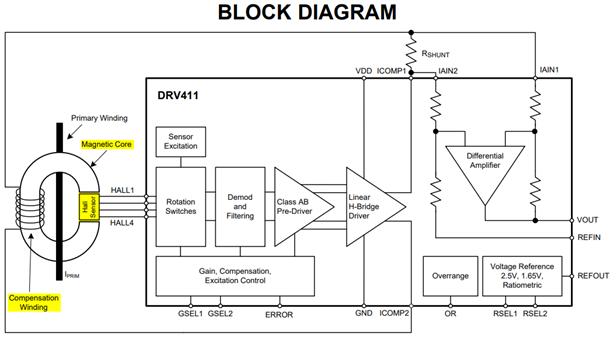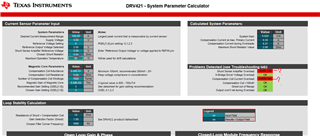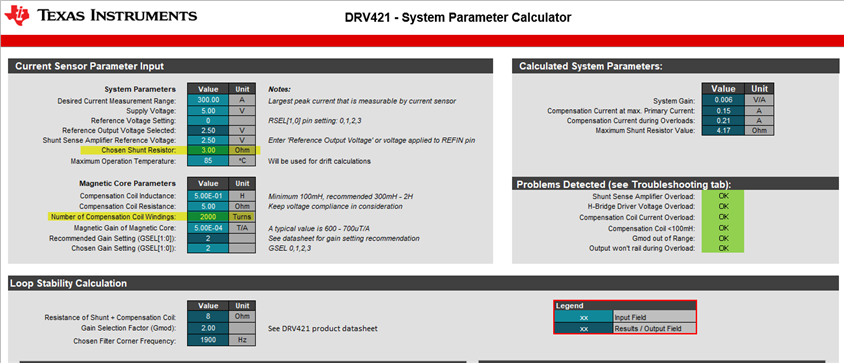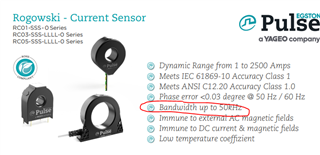Other Parts Discussed in Thread: DRV421, DRV411, TIDA-01063, TIDA-00777
Tool/software:
Hi,
I would like to know any possible solution to measure 300A (peak) - 50khz current waveform for a DC/DC application.
This shall be able to measure the inductor current from -300A to +300A with a fairly good accuracy. Do we have anything that can be used from the Ti side?
Thanks.








